Spinach Can Send Emails Now + Other Fantabulous Eco-Innovations
These 15 innovations are just the kind of news you need. Each doing bold things in remarkably different ways. With some small in stature, but never in scope. From wow factors to believe them when you see them ideas. And yes, if you're wondering, I put the spinach at the bottom of the list. But... I bet you'll stop and stare a few times before you get there.
Innovation of any kind is a guiding light to think on. Reminding us change is possible. That hope matters and conviction's key. So what about evolution, then? If you ask me, it's our entire purpose on this Earth... also inevitable. Which is why innovation makes such great #inspo, I s'pose, but these eco-innovations aren't social fodder for me. They're everyday beacons of hope. And who doesn't want more of that?
I'm also spotlighting these eco-innovations as palette cleansers, if I'm honest. Heart warmers, sure. But mind medicine, in their way. An alternative to doom scrolling... bloom scrolling?
Bottom line, the soil is rich down below. Ready to ripen the imagination with visions of the future happening right now. So uproot yourself from all that out-of-your-hands-hand-wringing. Free yourself from the news cycle of doom and start blooming instead. Make time for hope, for a change...
•••
1
BIQ Building, Hamburg
Worldwide first facade system that cultivates micro-algae to generate heat and biomass as renewable energy sources.

The BIQ house in Hamburg, Germany, is the world's first apartment for green facades using microalgae. The 15-unit apartment building's facade is wrapped in algae biomass, which cultivate micro-algae to generate heat and biomass as renewable energy sources. Comprising 129 integrated SolarLeaf photo-bioreactors that absorb CO2 emissions while converting natural light into biomass and heat. They can also be used as adaptive shading devices.
The SolarLeaf system was developed collaboratively by Strategic Science Consult of Germany (SSC), Colt International, and Arup. The biomass and heat generated by the facade are transported by a closed-loop system to the building's energy management center, where the biomass is harvested through floatation and the heat by a heat exchanger. Because the system is fully integrated with the building services, the excess heat from the facade can be used to heat the building, too.
2
Nature Squared Eggshell Tiles
British-Chinese textile designer Elaine Yan Ling Ng has created a sustainable composite made from discarded eggshells for Nature Squared, shaping the CArrelé handmade collection of speckled wall tiles.

The eggshell fragments used in Elaine's tiles are a by-product of bakeries. The tiles are produced in Nature Squared's factory in Cebu, Philippines, where 3,000 organic white eggshells from local bakeries and kitchens are crushed, combined with a binding agent, and cured at room temperature to create a square meter of tile.
Eggshells are strong, naturally UV-resistant, and absorb natural colors in fascinating ways. The eggshells are cleaned and crushed into different sizes, from sand to 3mm fragments, and natural dyes are added to achieve natural tones before the composite is set. The collection's name, CArrelé, combines "CA," the chemical symbol for calcium, referencing the calcium carbonate in eggshells, with the French word for tile...
This is the first time eggshell waste has been made into a commercial product. And what a start! The CArrelé tiles are safe, durable, naturally UV-resistant, easy to clean, and available in 5-millimeter slabs.
See the eggshell tiles up close
3
ForestBank™️
ForestBank™️ is a material design created by Studio Yumakano that aggregates materials from the forest typically deemed worthless for construction or furniture making.

Rather than simply creating lumber, ForestBank™️ performs experiments and develops materials that realize the desire to find the various value in whole forests. Their unique material is made from small trees, foliage, bark, seeds, soil, and other small forestry debris that are mixed with a reactive mineral base. The material can be shaped with ordinary woodworking methods and applied in various ways through furniture and interior design.
The ForestBank™️ material reveals intriguing patterns that vary dramatically depending on the angle and depth of a designer's vision. The leaves from different seasons, earth from the forest floor, roots, and seeds all come together to form complex patterns and cross-sections that typically go unseen. Creating variety that is as complex and fascinating as any wood grain.
ForestBank™️ can be made not only from forest debris but also from waste pruned from trees lining streets, in parks and gardens, and from wood scrap from woodworking studios. The characteristic yellows and greens are the actual coloring of the trees, which are dyed by bacteria found in nature. And so just by looking at the ubiquitous nature of wood from a different angle, a whole new material has been unearthed...
4
Mechanical Trees
The world's first mechanical tree designed to capture carbon dioxide (CO2) from the atmosphere has been installed at Arizona State University (ASU).
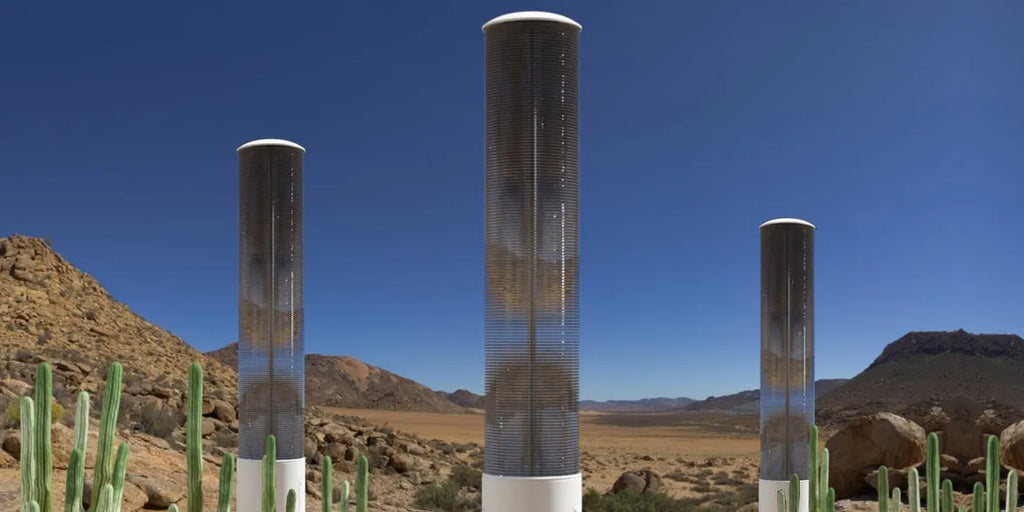
Developed by Professor Klaus Lackner, the mechanical tree is 1,000 times more efficient at removing CO2 from the atmosphere than a regular tree. The tree is based on direct air capture (DAC) technology and is commercialized by Carbon Collect Inc.
The mechanical tree resembles a giant stack of vinyl records and contains absorbent tiles that soak up CO2 carried into the machine by the wind. Every 30-60 minutes, the circular discs inside the tree fill up with air, separating CO2 and storing it away for reuse in various applications, such as adding fizz to soda or making concrete.
Lackner and his team at ASU's Center for Negative Carbon Emissions are planning three farms that could soak up 1,000 tons of CO2 per day, with the first of these farms set to open for business soon. According to Lackner's research, mechanical trees could become as common as cars within the next two decades.
See the mechanical trees up close
5
EcoBirdy
EcoBirdy is a sustainable design brand that creates furniture made from 100% recycled plastic waste, primarily from unused toys.
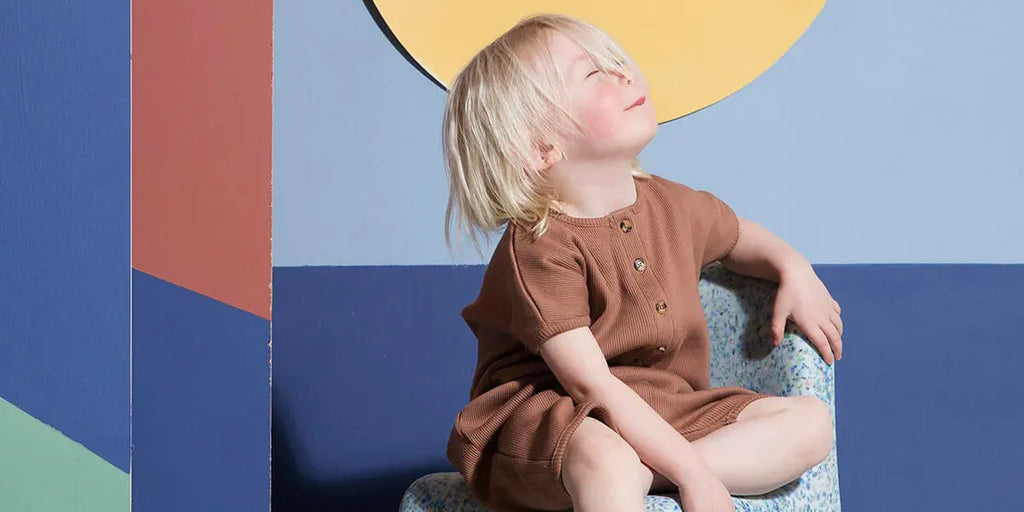
The European company, based in Antwerp, was founded by designers Vanessa Yuan and Joris Vanbriel, who spent two years researching plastic, plastic toys, and their recyclability before launching their debut collection. The collection includes children's furniture such as Luisa the Table, Charlie the Chair, and Kiwi the Storage container. The brand has also expanded to create furniture for grown-ups.
The manufacturing process involves sorting, cleaning, and quality control during the recycling process, ensuring that the products are safe and child-friendly. The recycled plastic is separated by color, giving the products an original and unique look, similar to terrazzo-style furniture. The ecothylene material, developed by ecoBirdy, is a 100% recycled plastic without the need for added pigmentation or resin.
See EcoBirdy's sustainable furniture up close
6
Majara Residence
Majara Residence is a seaside accommodation complex located on Hormuz Island in the Persian Gulf, south of Iran.
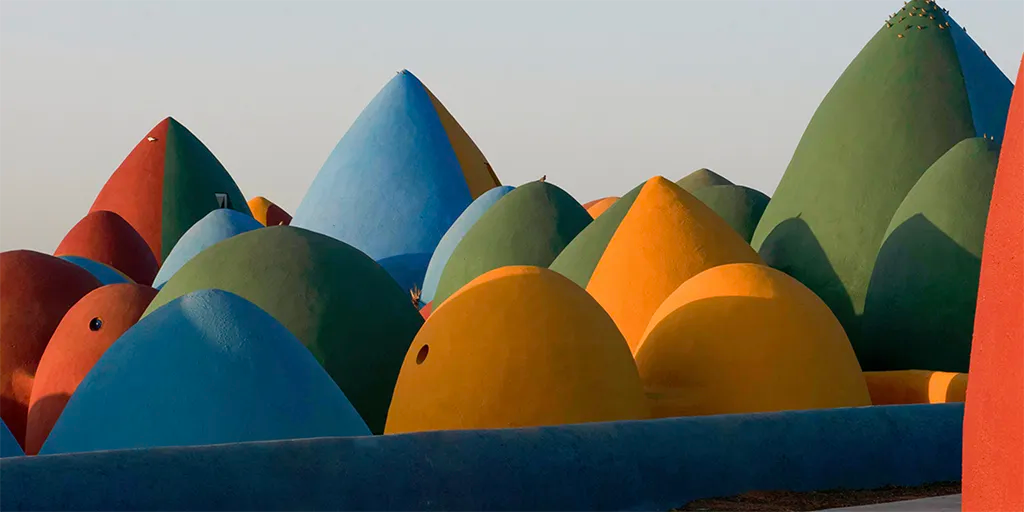
Designed by Tehran-based architectural firm ZAV Architects, the project is part of the Presence in Hormuz series of urban developments aiming to empower the island's local community. The complex consists of 200 colorful domes of varying sizes and shapes, built with the participation of the local population of the island.
The project uses the superadobe method, which involves layering long fabric tubes and bags packed with earth and other organic materials like straw to form compact structures. This construction process is economical and relies on the just pay of the adequately educated local labor force. The domes take on organic shapes and connect in a fashion similar to a small neighborhood or a village, just 5 kilometers outside the city of Hormuz.
Majara Residence serves as a multipurpose cultural residence that ties together the lives of local people and visitors both culturally and economically. The project aims to elevate people's wellbeing by staying relevant to its context and time, exploring the limits of architecture, and suggesting a political alternative for communal life.
See the Majara Residence up close
7
AuREUS
AuREUS is an innovative material made from plants, fruit, and crop waste that converts UV light into energy.

Invented by Carvey Ehren Maigue from Mapua University in Manila, the Philippines, the material can be attached to pre-existing structures to generate clean, renewable electricity.
The process of converting UV light into energy involves two stages: first, the UV light is converted into visible light through the crop waste's organic particles when it hits the surface; then, the visible light is converted into electricity by a solar film. AuREUS can produce energy even when not directly facing the sun, making it a more adaptable energy source for people living in temperate and mountainous areas.
The plant waste used to create AuREUS panels is sourced from local farmers affected by climate change-induced weather disruptions. The material is durable, translucent, and moldable, making it suitable for various applications. AuREUS System Technology conserves space by using pre-existing structures, utilizing current resources and waste streams, and supporting local agricultural communities by upcycling crops that would otherwise be considered waste.
In a prototype demonstration, a single 3-by-2-foot lime green-tinted panel installed in a window generated enough electricity to charge two phones per day. When scaled up, AuREUS has the potential to empower off-the-grid energy sourcing, build more efficient solar fields, and enable self-sufficient energy sourcing.
8
Living Tree Bridges
The Khasi tribe in Northeast India has been weaving together tree roots for centuries to create living root bridges. Forming essential passageways for rural connectivity in the region.

These living tree bridges are made from the roots of rubber trees (Ficus elastica) and are found in areas such as the East Khasi Hills of Meghalaya, particularly in and around the villages of Tynrong, Mynteng, Nongriat, Nongthymmai, and others.
The construction process involves planting tree trunks on each side of a riverbank to create a sturdy foundation. Over the course of 15 to 30 years, the Khasi people slowly thread the rubber tree roots across temporary bamboo scaffolding to connect the gap. The combination of humidity and foot traffic helps compact the soil over time, allowing the tangle of roots to grow thick and strong. Mature bridges can stretch from 15 to 250 feet over deep rivers and gorges and can bear impressive loads, supporting upwards of 35 people at a time.
The double-decker root bridge in Cheerapunji is one of the main attractions in Meghalaya, and the growing tourism in the region supports the local economy. The exact origin of the living root bridge tradition in this region is unknown, but the earliest written record of these bridges in Cherrapunji dates back to 1844.
The humid climate in the Nongriat village in Northeast India is ideal for making these pathways grow, and many of the living root bridges are still used daily. These bridges not only stand the test of time but also contribute positively to the ecosystem, showcasing the ingenuity of the indigenous tribes of India.
See the living tree bridges up close
9
The Bee Brick®
The Bee Brick® is an innovative solitary bee house designed to provide a nesting site for red mason and leafcutter bees, among other cavity-nesting species.

Created by Cornwall, UK-based company Green&Blue, the Bee Brick® can be used in place of a standard brick or block in construction or as a standalone bee house in your garden.
Solitary bees are non-aggressive and safe around kids and pets, as they have no queen or honey to protect. The Bee Brick® contains cavities where bees lay their eggs before sealing the entrance with mud or chewed-up vegetation. The offspring emerge the following spring and the cycle begins again.
To install a Bee Brick®, place it in a warm sunny spot on a south-facing wall at a minimum height of 1 meter, with no vegetation obstructing the holes. It is highly recommended to have bee-friendly plants nearby, such as lavender, honeysuckle, and buddleia, to provide food for the bees.
The Bee Brick® is just one piece of the puzzle regarding our changing biodiversity needs, alongside bee-friendly planting, more wild spaces and more rewilding, of course.
10
Lovely Trash Project
The Lovely Trash project, created by Blast Studio, aims to transform everyday waste into sustainable design by using natural ecosystems as inspiration.
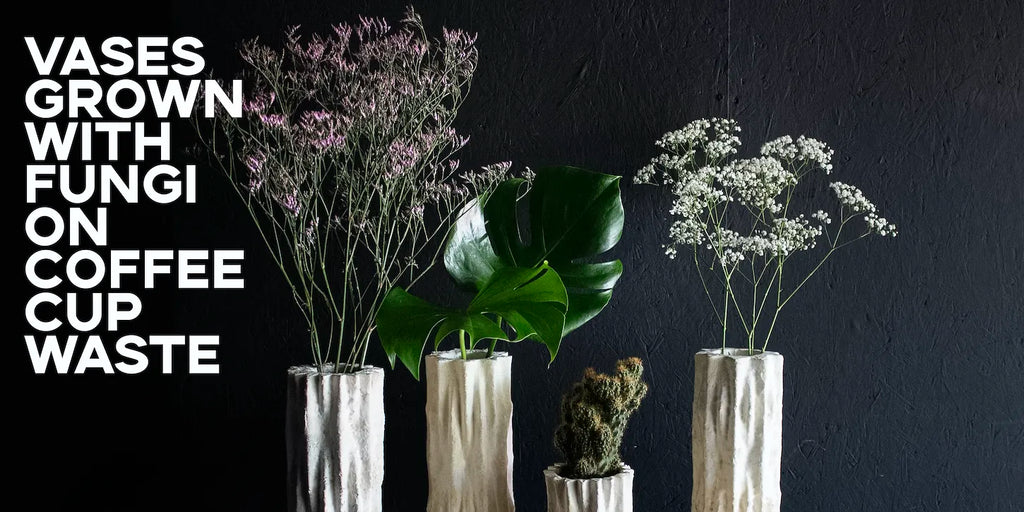
The Lovely Trash project involves collecting coffee cup waste directly from coffee shops around London and transforming it into furniture using mushrooms.
Blast Studio has successfully raised funds for the Lovely Trash project through a Kickstarter campaign, where they showcased vases grown with fungi on coffee cup waste. The process starts by shredding the collected coffee cups and making a paste infused with mycelium, the root system of mushrooms. The mycelium helps break down the waste and binds it together, creating a sustainable material that can be used to create furniture and other design items.
See the process of making Lovely Trash up close
11
Groundfridge
The Groundfridge is an autonomously-operating, naturally cooled cellar designed for storing wine and food without the need for electricity.

Developed by Dutch designer Floris Schoonderbeek, co-founder of Weltevree, the Groundfridge is an innovative version of the traditional root cellar that utilizes the earth's cooling and insulating capacity.
The prefabricated cellar measures 2.28 meters (7.48 ft) in diameter, weighing 300 kg (661 lb). It features a hatch-like door for access, integrated cabinet, and lighting. The Groundfridge has a storage capacity equivalent to around 20 typical refrigerators and can store the harvest from a 250 sq m (2,690 sq ft) vegetable garden or 500 kg (1,102 lb) of food.
The Groundfridge maintains a steady temperature of between 7 to 15º C (44.6 to 59º F) throughout the year, thanks to the insulating capacity of the soil and the cooling effect of underground water. It is airtight, water-tight, and vermin-resistant, with a ventilation system that can be operated using an app.
You can also sow grass or flowers on top to blend it seamlessly into the landscape of your garden. Offering an eco-friendly and sustainable solution for off-the-grid types or anyone seeking a more self-sufficient lifestyle.
12
Edible In-flight Meal Trays
Plastic-free, edible flight meal trays have been designed by London-based design studio PriestmanGoode to reduce airline waste and promote eco-friendly in-flight dining.

The partially edible trays are made from used coffee grounds and husks, while food containers are made from wheat bran. Soluble seaweed is used to replace plastic in mini condiment and milk pods, and cups are made from a combination of banana leaf or algae and rice husk.
The single-use cutlery is replaced with a spork made from coconut wood. Additionally, the design studio has developed a water flask made from cork and compostable bioplastic, as well as a concept for an on-board water cooler cart to encourage passengers to refill their bottles during the flight.
PriestmanGoode is currently in talks with airlines and rail companies to bring their biodegradable tray concept to life, aiming to reduce airline waste and provide a more sustainable in-flight dining experience.
See the edible inflight meal trays up close
13
Plastic-eating Caterpillars
Plastic-eating caterpillars, specifically the larvae of the wax moth (Galleria mellonella), could help combat plastic pollution.
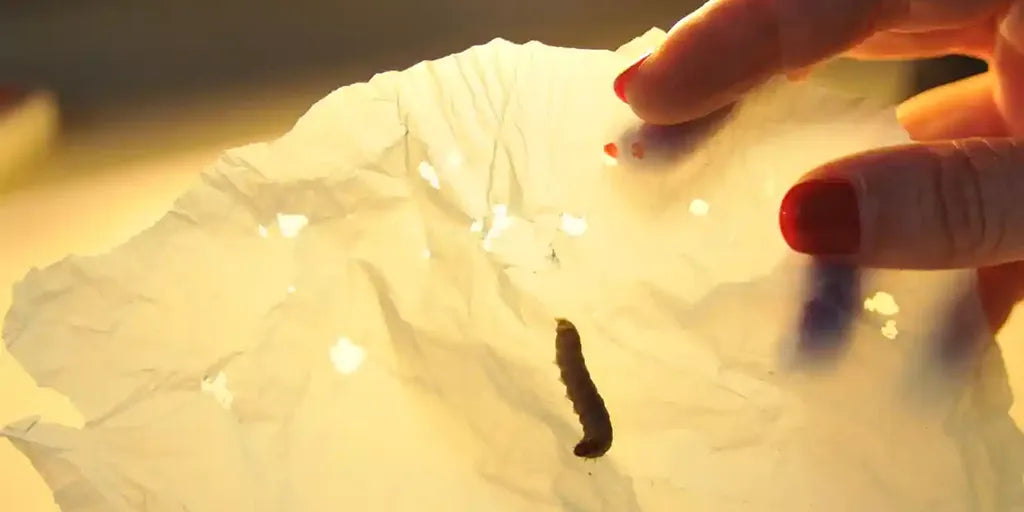
Researchers at Cambridge University discovered that these caterpillars can chew through plastic, degrading the chemical bonds in a similar way to their wax-eating process. The caterpillars can create holes in plastic bags in under an hour.
Scientists from Brandon University found that the caterpillars can survive on a diet of solely polyethylene, a type of plastic used in shopping bags and food containers, for over a year. The caterpillars have a close working relationship with their gut microbes, which also consume plastic. When the caterpillars and their gut microbes work together, the plastic biodegradation process is accelerated.
Researchers hope to use this knowledge to reduce plastic waste, which enters waterways and harms marine life and their habitats. They aim to understand the chemicals that allow the caterpillar to decompose the material and potentially develop a technical solution for minimizing plastic waste.
See why the caterpillars aren't a one-and-done solution
14
“Living” Chandelier Made with Algae-Filled Leaves Naturally Purifies the Air
The "living" chandelier, named Exhale, is designed by engineer and biotechnologist Julian Melchiorri, who is also known for creating the world's first synthetic biological leaf.

Exhale is composed of 70 glass leaves filled with algae that purify the air. The chandelier works on the principle of photosynthesis, with the algae absorbing carbon dioxide and releasing oxygen.
The elegant and eco-friendly chandelier is modular, allowing its leaves to be configured into different forms depending on necessity. It is functional for both indoor and outdoor use, depending on where air purification needs are most dire. Melchiorri's work aims to integrate such designs into buildings in the future to help combat harmful emissions.
Exhale is now a permanent part of the V&A Museum Collection and has captured the attention of tastemakers all around the world.
See the Living Chandelier up close
15
Spinach Sending Emails
Scientists at the Massachusetts Institute of Technology (MIT) have engineered spinach plants that can detect nanoparticles of all kinds of things in soil and then relay that information back via email... for real, though.
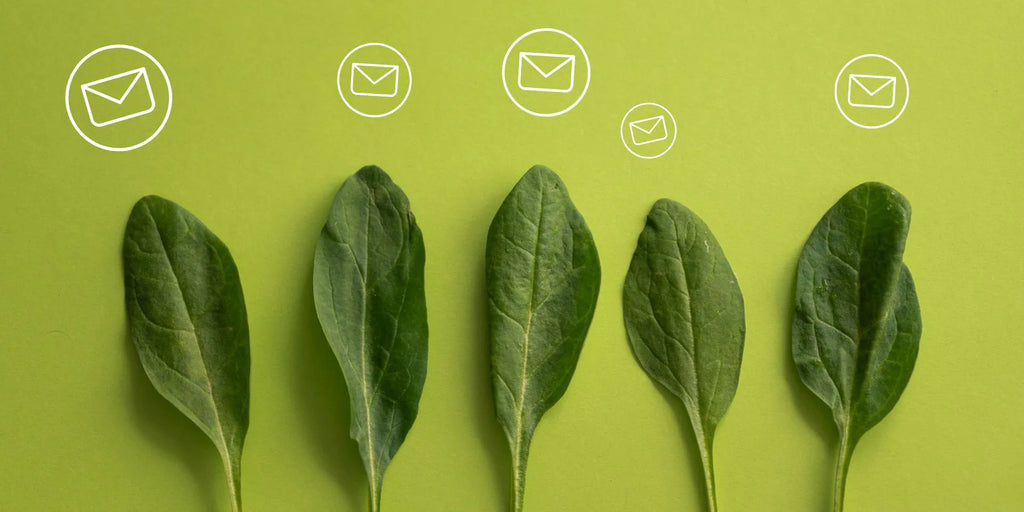
The roots of these engineered spinach plants detect the presence of nitroaromatics in groundwater, a compound usually found in explosives such as landmines. The carbon nanotubes in the plant leaves emit a signal when they sense these compounds, which is picked up by an infrared camera and sent back to a lab via email.
The plants' complex and sensitive root systems make them incredibly good at detecting changes in soil. Which means this technology could be invaluable to farmers, because the plants can sample water content in the soil and the presence of nutrients better than any man-made device. If scaled up, it could help warn humans of climate change, pollution, and incoming droughts.
See how spinach is sending emails now
Even More Reasons to Have Hope for Our Sustainable Future
Here are some more eco-innovations that could fundamentally change the way we live:
- Anti-Pollutant Tires: The Tyre Collective has created tires that reduce air pollution by capturing and recycling the particles generated during braking and tire wear.
- Next Gen Solar-Powered Batteries: Reeddi has developed a portable solar-powered battery system that provides clean, reliable, and affordable energy to off-grid communities.
- Lab-Grown Fish: Avant Meats offers lab-grown fish fillets as a sustainable alternative to overfishing. The pitch? Lab grown fishmongers tout the approach as a way of reducing environmental impact and avoiding issues like heavy metals, microplastics, and disease. Of course, there's always the eternal question of price.
- Water Conservation in Farming: SupPlant has developed a technology that uses sensors and artificial intelligence to optimize water usage in agriculture, reducing water waste and increasing crop yields.
- Carbon-Captured Scent: Cosmetics giant Coty has developed perfumes made from captured and fermented carbon emissions, integrating sustainable ethanol into their products.
- Sustainable Shrimp: Vertical Oceans is revolutionizing the shrimp farming industry by using vertical farming techniques, reducing the destruction of mangrove forests and providing a more sustainable source of shrimp.
- Fish Fuel: Green Fuels Research has refined salmon farming waste into biofuel, providing a renewable energy source and reducing the environmental impact of salmon farming.
- Carbon-Absorbing Concrete: CarbonCure Technologies has developed a process that injects captured CO2 into concrete during production, reducing the carbon footprint of the construction industry.
Making Shopping Kinder
Everything We Buy Is A Vote For The World We Want To Live In
I started this store to help make shopping kinder, wiser, more creative and bold. And I started the same way I try to approach everything: with joy and a healthy dose of playfulness mixed in. Not just for its own sake, but because it's the only way we have any hope of meeting the immense challenges before us. All the more reason to make ethics easy-peasy — like the wealth of conscious treasure I've curated for you.
This treasure chest spans decor, fashion, gifts and more. Each made with love and compassion. Priced fairly, too, because shopping ethically shouldn't be so hard, expensive or... beige. If we're going to change the way the world works, there has to be another way. We need all the ways all at once. This site is the best way I know how and an evolving story of a good deed ecosystem that's easy as 1, 2, 3...
This treasure chest is a good deed ecosystem
1. Every treasure you find on my store is ethically made
2. Every treasure has giving baked in
3. Every treasure = 1 tree planted
•••
Toby Leon
Born in Sydney, I spent my childhood in the sun. Surrounded by artists, oddballs and academics who never quite fit the beach culture my hometown's known for. Instead of teaching me how to surf, they taught me to question everything, respectfully and without fear. Their coffee table books inspired my love of art and design. Vigorous debates over citywide dinner tables made me realise how complex the world is. Tales of lives spent abroad inspired my wanderlust. And their most important lesson? The value of being eternally hungry—that you should always leave enough room to taste something you've never experienced before. So much of who I am is because of them and I'm forever grateful.
Instagram / LinkedIn



